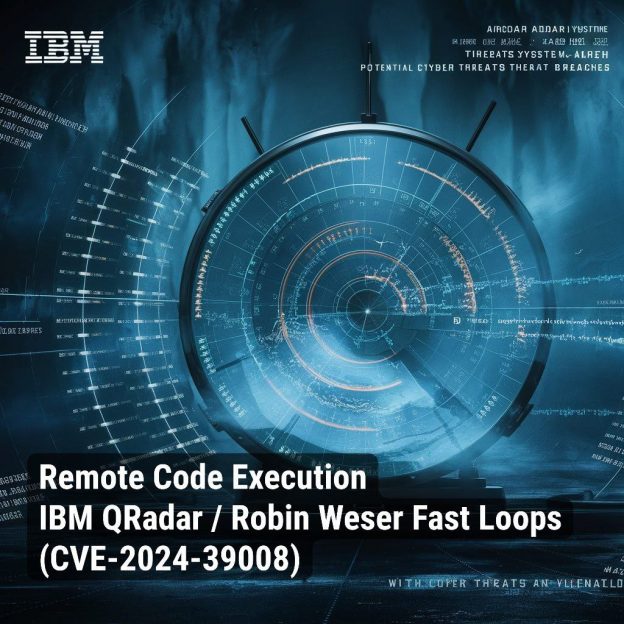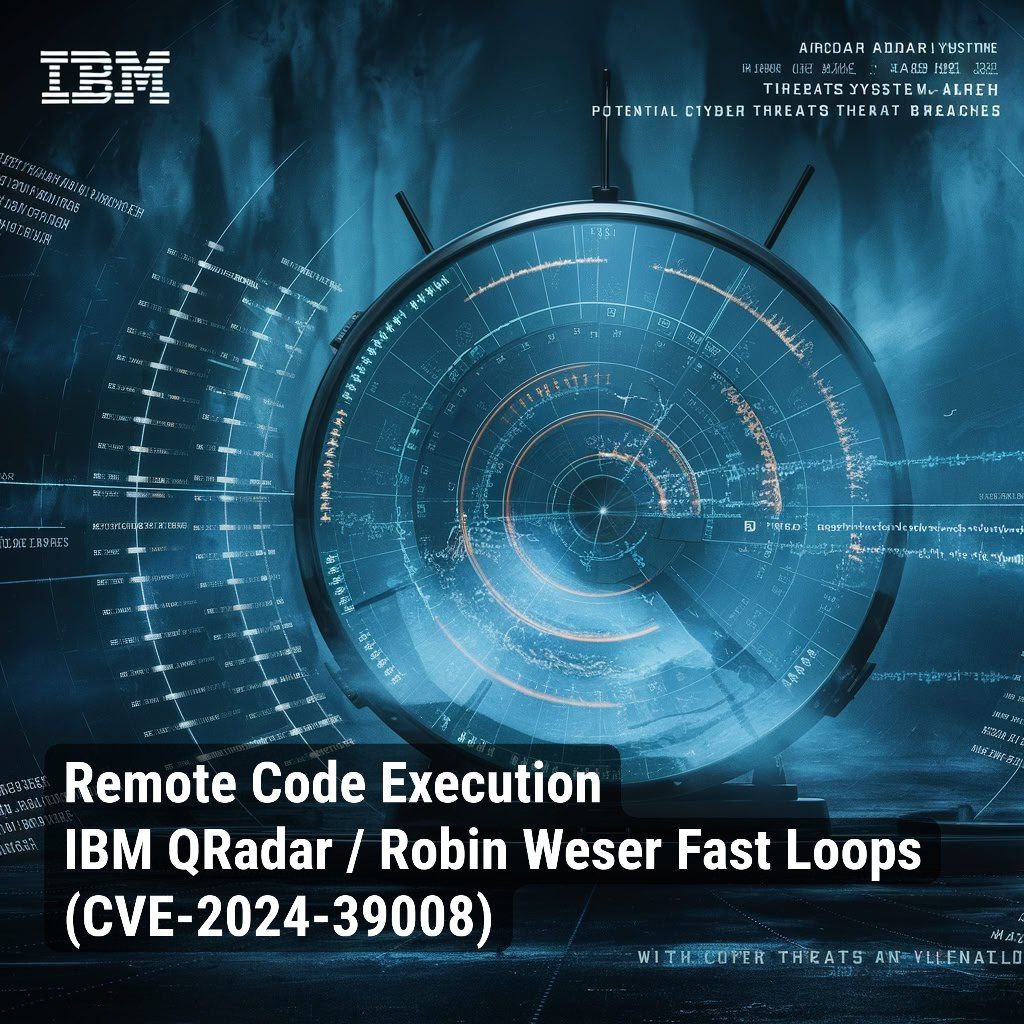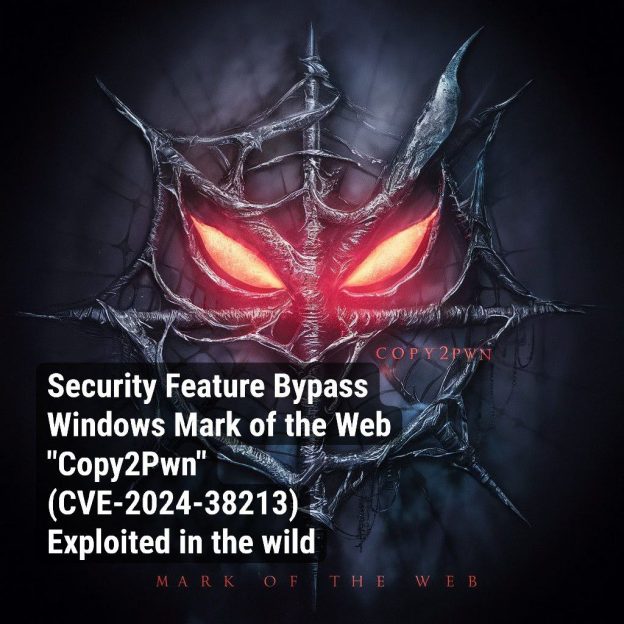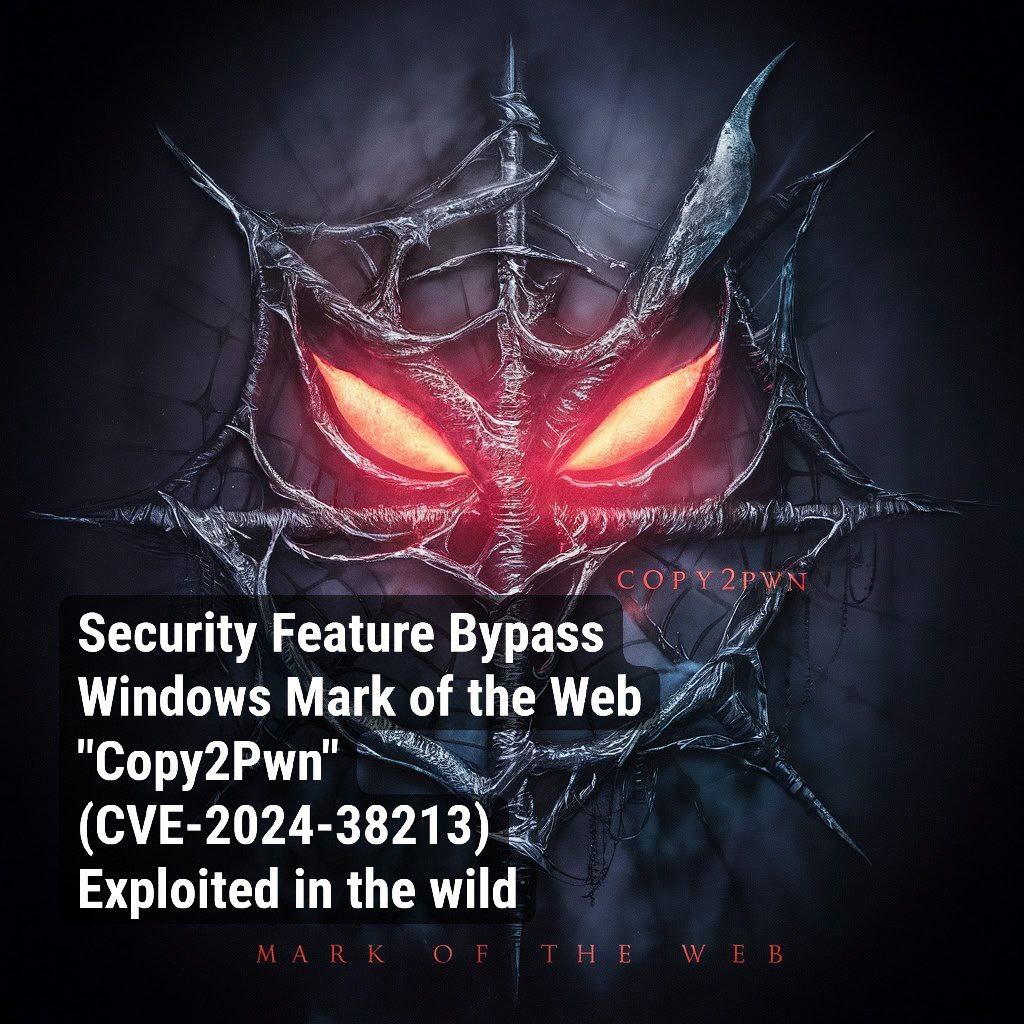
A couple of interesting details about Unauthenticated Elevation of Privilege – WordPress LiteSpeed Cache Plugin (CVE-2024-28000).






A couple of interesting details about Unauthenticated Elevation of Privilege – WordPress LiteSpeed Cache Plugin (CVE-2024-28000).





Unauthenticated Elevation of Privilege – WordPress LiteSpeed Cache Plugin (CVE-2024-28000).


On August 13, a critical vulnerability of this plugin was released. A remote unauthenticated attacker can obtain administrator rights. 

Update to version 6.4.1 and higher.


August Linux Patch Wednesday. 658 vulnerabilities. Of these, 380 are in the Linux Kernel. About 10 have signs of exploitation in the wild. I will highlight:




About 30 without signs of exploitation in the wild, but with exploits. I will highlight:






Remote Code Execution – Scripting Engine (CVE-2024-38178). A vulnerability from the August Microsoft Patch Tuesday. The victim clicks on the attacker’s link, memory corruption occurs and arbitrary attacker’s code is executed.
The tricky part is that the victim has to open the link in Microsoft Edge browser in Internet Explorer compatibility mode. But why would the victim want to set the browser to this mode?


One way or another, the vulnerability is exploited in the wild and there is already a (semi?


Remote Code Execution – IBM QRadar / Robin Weser Fast Loops (CVE-2024-39008). On August 14, a security bulletin for QRadar Suite Software and IBM Cloud Pak for Security was published on the IBM website. It lists fixed vulnerabilities in IBM QRadar itself and its open source components: Node.js, Jinja, kjd/idna, robinweser/fast-loops. The vulnerability of the last project is the most interesting.


Ok, the open source component is vulnerable. But how to exploit the vulnerability in QRadar itself? It is still unknown. 
Trending vulnerabilities of July according to Positive Technologies.
The SecLab film crew went on vacation. Therefore, there was a choice: to skip the episode of “In the trend of VM” about the July vulnerabilities, or to make a video myself. Which is what I tried to do. And from the next episode we will return to SecLab again.



List of vulnerabilities:



English voice over was generated by my open source utility subtivo (subtitles to voice over)


Security Feature Bypass – Windows Mark of the Web “Copy2Pwn” (CVE-2024-38213). The vulnerability was released as part of the August Microsoft Patch Tuesday (although ZDI writes that MS fixed it earlier, in June).
The vulnerability allows attackers to bypass the SmartScreen security feature, which protects users from running potentially malicious files downloaded from the Internet.
What is it about? There is a set of extensions over HTTP for collaborative work with files – WebDAV.

http://10_.37.129.2/example_webdav_folder/somefile

\\10_.37.129.2@80\example_webdav_folder
When copying from the WebDAV share via Windows Explorer, the Mark-of-the-Web label was not set. 
According to ZDI, the vulnerability has been exploited by the DarkGate malware operator since at least March 2024.
This is my personal blog. The opinions expressed here are my own and not of my employer. All product names, logos, and brands are property of their respective owners. All company, product and service names used here for identification purposes only. Use of these names, logos, and brands does not imply endorsement. You can freely use materials of this site, but it would be nice if you place a link on https://avleonov.com and send message about it at me@avleonov.com or contact me any other way.